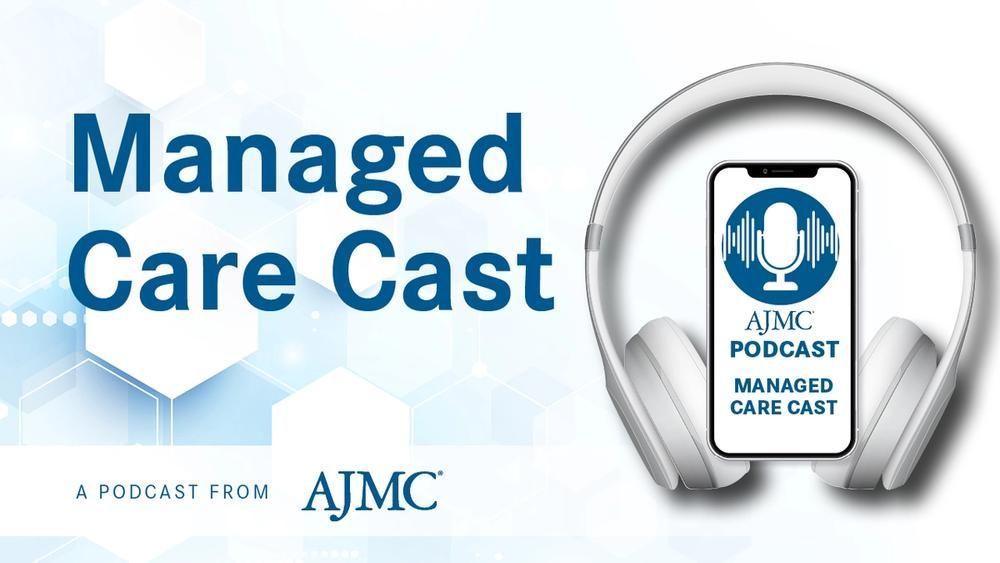Commentary
Article
Contributor: In a Fast-Growing and Competitive Dual-Eligible Market, Trust Will Be a Critical Differentiator
Author(s):
Building trust with patients who are dually eligible for Medicaid and Medicare can help to improve their lives as they navigate receiving care to address their clinical and behavioral health needs.
Janet*, a retiree, spent most of her life healthy and self-sufficient. But when her daughter received a devastating cancer diagnosis in 2018, Janet’s health began to rapidly decline, accelerated by the strain of stress and heartbreak. Over a 4-year span, Janet endured a heart attack, stroke, and regular seizures. When her daughter passed in 2022, an isolated Janet found herself struggling to manage her grief, her chronic health conditions, and her finances.
What Janet needed was comprehensive, whole-person care. She needed behavioral health services, a coordinated team of specialists, and community resources that could alleviate the socioeconomic pressures she experienced on a daily basis. Accessing those services, and ensuring they’re not only covered but integrated, has long been a challenge for individuals like Janet.
Janet is 1 of nearly 13 million Americans who are dually eligible for both Medicare and Medicaid. This is a unique population that exists at the intersection of 2 distinct, often disjointed systems: Medicare, which covers hospital services, physician visits, and prescription drugs; and Medicaid, which covers long-term care and services, behavioral health, and some social care.
State of the dual eligible market
The vast majority of dually eligible individuals live with 2 or more chronic conditions and myriad, often unmet, socioeconomic needs. They have interconnected, whole-person needs that are difficult to meet when forced to juggle different sets of providers, eligibility criteria, and coverage rules for various services—and as a result, dually eligible individuals have too often been left behind by our health care system. Historic misalignment between Medicare and Medicaid has created massive chasms between dually eligible individuals and the care they want and deserve.
The combination of high medical need and unaddressed social risk factors, compounded by coverage complexity, has created a reality where dually eligible individuals account for a disproportionate amount of spending in both Medicare and Medicaid. While this population represents just 17% of Medicare enrollees and 14% of Medicaid enrollees, they account for 33% and 32% of each program’s spending, respectively.
The dually eligible population enrolled in managed care is expected to continue to grow more than 6% annually through 2028, according to a McKinsey analysis. And although much still needs to be done to ensure our health care system can meet their needs, a number of policy implementations over the past decade have taken steps in the right direction.
Jennifer Baron, Cityblock Health | Image credit: Cityblock Health

In 2018, Dual Eligible Special Needs Plans (D-SNPs), a type of health plan designed to serve dually eligible individuals, became a permanent part of the Medicare Advantage program. Over the past 5 years, enrollment in D-SNPs has doubled, and CMS has taken steps to require those plans to better integrate Medicare and Medicaid—reflecting both a growing demand for integrated care and a policy environment that increasingly supports it. This trajectory highlights CMS’s dedication to supporting Medicare-Medicaid integration—a commitment that has spanned federal administrations, underscoring the bipartisan nature of improving care for dually eligible individuals.
The message is clear: the future of dual eligible care lies in integration.
Integration alone, however, won’t be enough to keep health plans competitive. To truly support this population, plans must go beyond meeting regulatory requirements to embrace models of care that keep members engaged and satisfied. In a market where dually eligible individuals have more choice, health plans’ ability to build and maintain trust with their members is the most critical differentiator.
A 3-pronged approach to building trust
Proactively delivering dignified, integrated, and high-quality clinical and social care will ultimately reduce costs associated with high utilization among dually eligible individuals and improve member retention. Doing this, however, requires the ability to meaningfully engage members in their care—an endeavor which is predicated on trust.
To stand out in this increasingly competitive D-SNP market, plans can improve retention by focusing on these 3 best practices to build trust with their members.
- Ensure care teams are culturally resonant where possible. Having care teams that are culturally, linguistically, and experientially reflective of the communities for which they provide care fosters both understanding and rapport. Cultural resonance and humility serve as a solid foundation for building trusting relationships, and for many dually eligible individuals, it can be the difference between feeling ignored and feeling heard. A key aspect of this approach is providing members with a point person who knows them well and has the power of a multidisciplinary care team behind them.
- Address non-medical priorities early and continuously. For many dually eligible individuals, socioeconomic pressures can take precedence over health concerns—no matter how acute the latter may be. Financial insecurity, housing instability—even unprocessed grief, like in the case of Janet—can hinder members from being able to manage their health conditions. An approach to care delivery that prioritizes addressing non-medical priorities early on in the care journey and throughout the care journey will assure members that their plan is committed to meeting their whole-person needs.
- Meet members where they are. Although it’s become a familiar tagline in health care, it’s nonetheless salient. Members are more likely to actively participate in their care when that care adapts to their needs. Health plans should work with providers that are equipped to send care teams to locations where their members feel the safest, be it in their homes or in community settings. Beyond embracing multimodal (eg, in-person, virtual) care options, providers have the flexibility to meet members at times that are most convenient for them.
Serving dually eligible members represents a significant opportunity for health plans—to drive growth, yes, but more importantly to make a real difference in the livelihoods and well-being of the soon-to-be 15 million dually eligible Americans with serious clinical, behavioral health, and social care needs.
Health plans have an opportunity to rewrite the narrative for members like Janet, but it all starts with building trust. In a competitive market, it is likely the only way to ensure their own success.
*“Member’s name has been changed”




